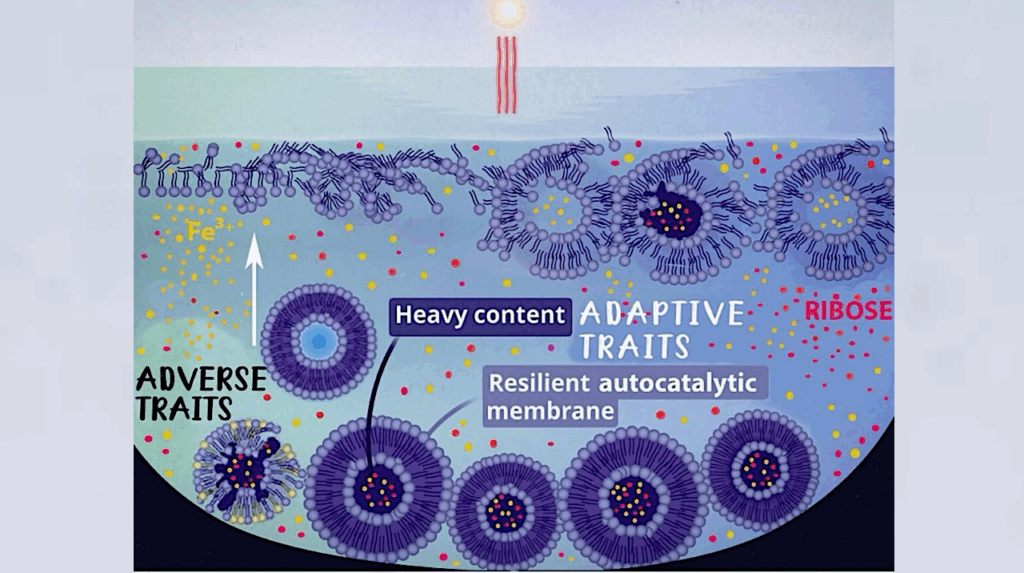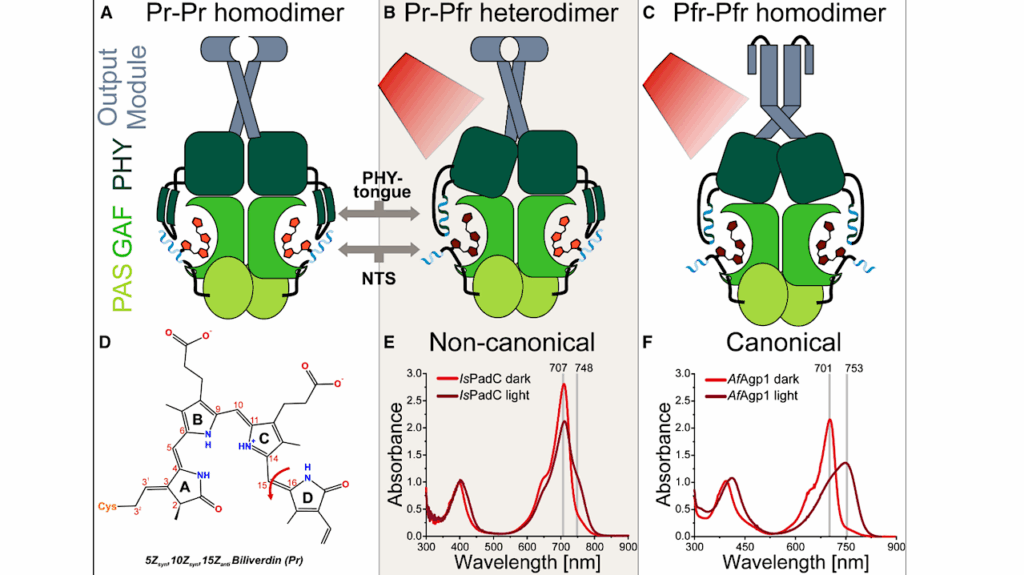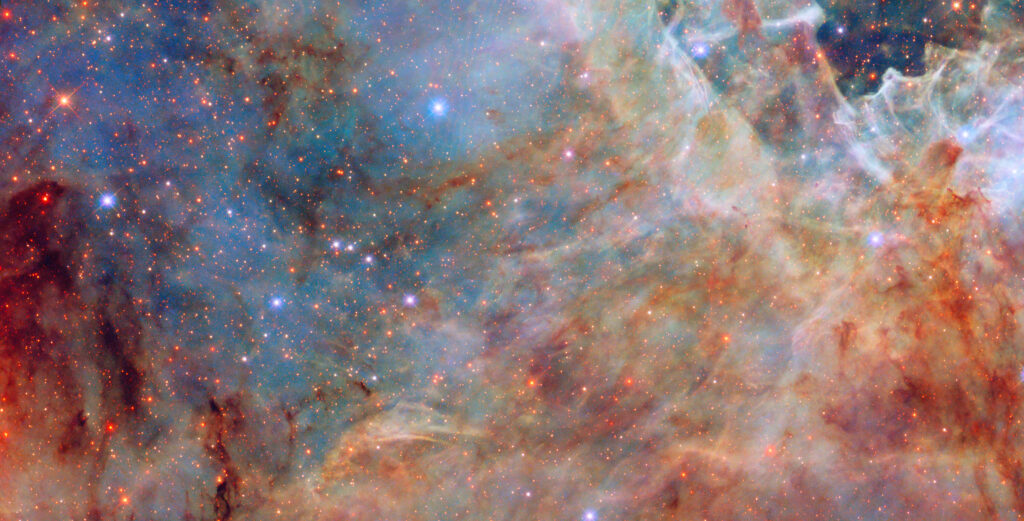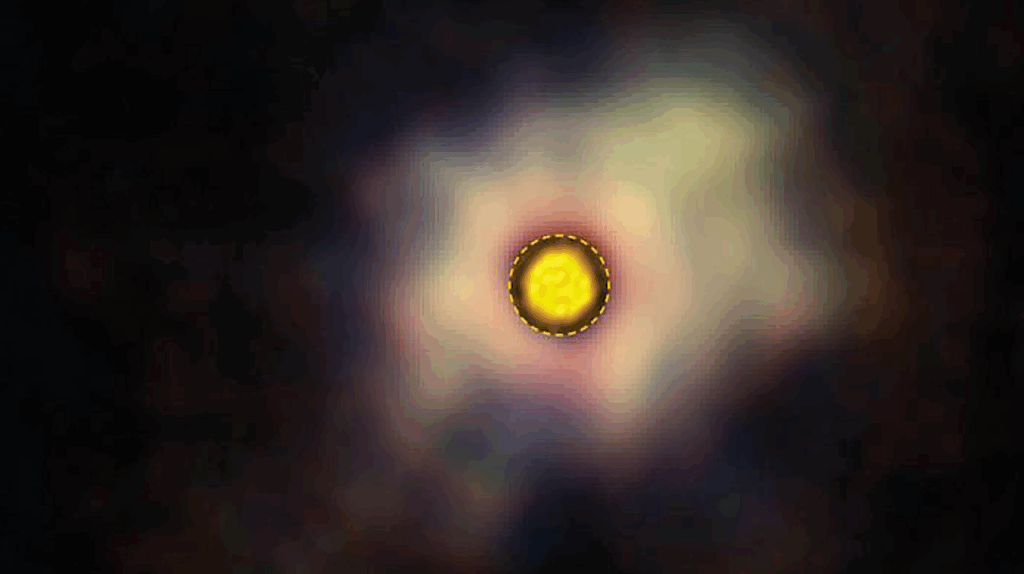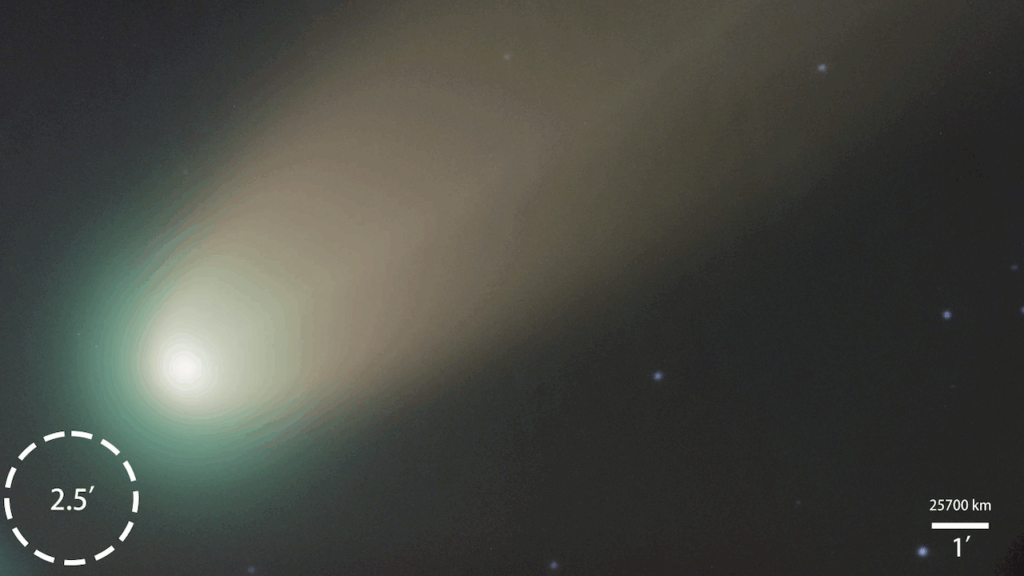How Did Life Emerge In Chemically Complex Messy Environments?

One of the problems that make it difficult to solve the mystery of the origin of life is determining how life emerged in chemically complex messy environments on primitive Earth.
In this article, the “chemically complex messy environments” that are focused on are a mixed state of various organic compounds produced via prebiotic means and accumulated on primitive earth.
The five factors described below are thought to have contributed to opening the way for the emergence of life:
(1) A characteristic inherent in [GADV]-amino acids, which are easily produced via prebiotic means. [GADV] stands for four amino acids, Gly [G], Ala [A], Asp [D] and Val [V], which are indicated by a one-letter symbol.
(2) The protein 0th-order structure or a [GADV]-amino acid composition generating water-soluble globular protein with some flexibility, which can be produced even by the random joining of [GADV]-amino acids.
(3) The formation of versatile [GADV]-microspheres, which can grow, divide and proliferate even without a genetic system, was the emergence of proto-life.
(4) The [GADV]-microspheres with a higher proliferation ability than others were able to be selected. Proto-Darwin evolution made it possible to proceed forward to the creation of a core life system composed of the (GNC)n gene, anticodon stem-loop tRNA or AntiC-SL tRNA (GNC genetic code), and [GADV]-protein.
(5) Eventually, the first genuine life with a core life system emerged. Thus, the formation processes of [GADV]-protein and the (GNC)n gene in chemically complex messy environments were the steps to the emergence of genuine life.
by Kenji Ikehara
How Did Life Emerge in Chemically Complex Messy Environments?, Life (open access)
Astrobiology


